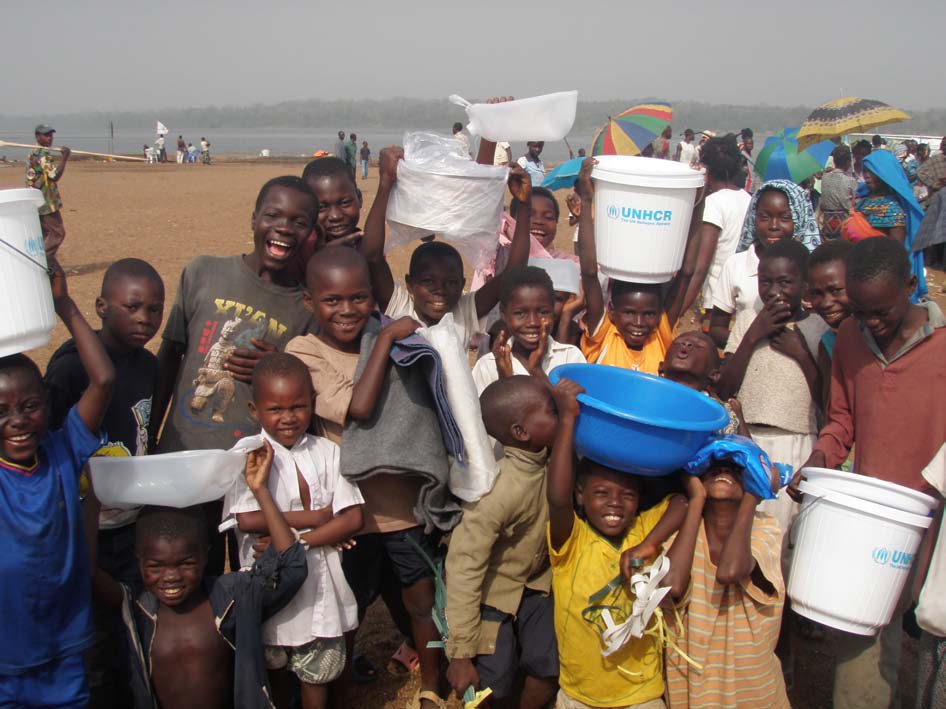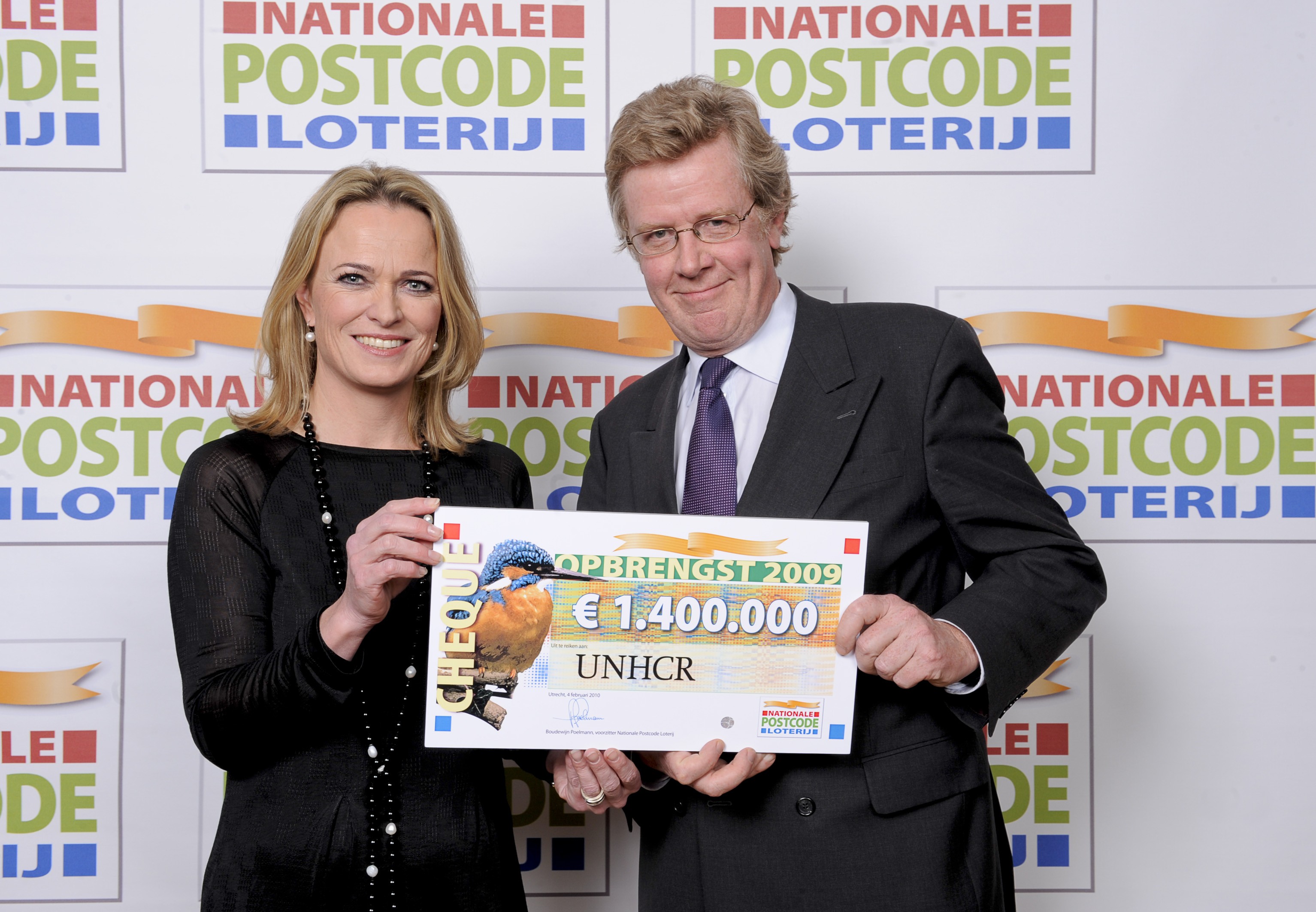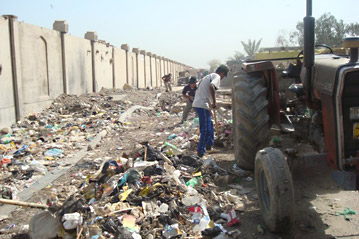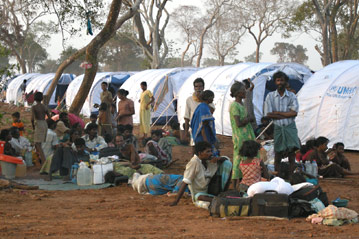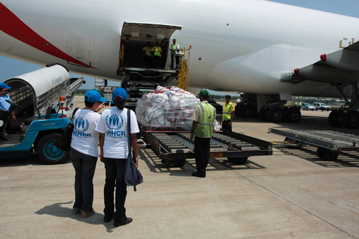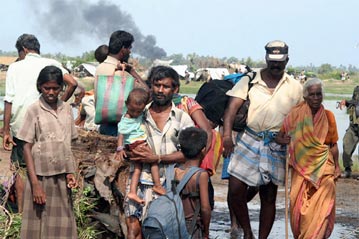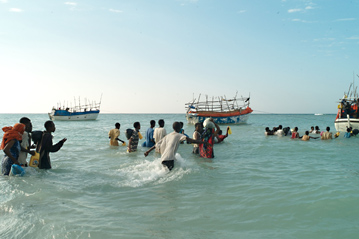Foreign mission raises hopes for better security in eastern Chad
Foreign mission raises hopes for better security in eastern Chad

FARCHANA CAMP, Chad, October (UNHCR) - Tens of thousands of uprooted people have welcomed plans for the creation of a UN-mandated multi-dimensional mission to protect civilians and facilitate humanitarian aid in volatile parts of Chad and Central African Republic. But many fear it will come too late to prevent more attacks on refugees and internally displaced people (IDPs).
"We're all listening to the speeches from [UN Secretary-General] Ban Ki-moon on the radio," Ibrahim Abdelkarim,* a refugee from the neighbouring Darfur region, said at this camp just 50 kilometres from eastern Chad's border with Sudan.
The peace mission is slated to include European Union [EU] troops and Abdelkarim said the refugees were anxious for news that they were on their way to eastern Chad and north-eastern Central African Republic.
"All the protection we enjoy is thanks to the UNHCR and partners who operate the camp. If the [Chadian] rebels take [the border town of] Adré and push aid workers out of the area, I worry about what will happen to us here," he said, adding: "I hope the EU-UN force in Chad will make sure that doesn't happen."
Abdelkarim said that people generally felt safe inside the camp, but they faced risks when they ventured outside to collect firewood for cooking or to visit the local markets. The dangers included threats, violent robberies and even rape.
A few hundred kilometres south of Farchana, in and around the town of Goz Beida, the terrain is lush and green at the tail-end of the rainy season and the markets are showing the signs of a good harvest.
But the feeling of anxiety that comes with waiting and watching was palpable during a visit earlier this week to the region. "We have heard about the European force and people are talking about it a lot. But they are not here yet, so it changes nothing," said Ousman Adam Issa,* an IDP in the Gassiré site near Goz Beida.
"Until we see what they can do to protect us we can't even think about going home. I want to go back to my village but I can't see it happening until it is secure for two or three years," he added.
Many humanitarian aid workers in Goz Beida were worried about renewed conflict. They believed there were more weapons circulating than a year ago, when village attacks and displacements spiked. They said other groups, apart from Arab militias, appeared to be better armed and prepared than before.
One aid worker said the biggest question heading into the dry season would be whether or not Chadian rebel groups accelerate their efforts to topple the central government before the arrival of the EU-UN peace mission, which will be known by its French acronym, MINURCAT. "It is these types of military conflicts that pose the greatest risk for further displacements," he said.
A clear pattern of violence has emerged in the area and it follows the change of seasons. A "low" period during the rainy months from May to October is marked by few incidents of inter-ethnic violence and military confrontation.
The rest of the year is drier and ground transportation becomes easier for aid organizations as well as the various armed groups. During this "high" period, armed conflicts and rising criminality have led since late 2005 to the internal displacement of 180,000 Chadians.
The IDPs are worried. They retain vivid memories of village attacks and midnight escapes. For many of them in the Goz Beida area, this is the first anniversary of the attacks that forced them from their homes and into the sites they now call home.
Aside from the 180,000 IDPs in the south-east, there are some 240,000 Sudanese refugees from Darfur living in 12 UNHCR-run refugee camps in eastern Chad. A further 45,000 refugees from the Central African Republic live in four camps in southern Chad.
The UN Security Council has also authorized deployment of a 26,000-strong joint UN-African Union force to contain violence in Darfur, which has had a spillover effect on the region.
* Names changed for protection reasons
By Bryn Boyce in Farchana Camp, Chad


